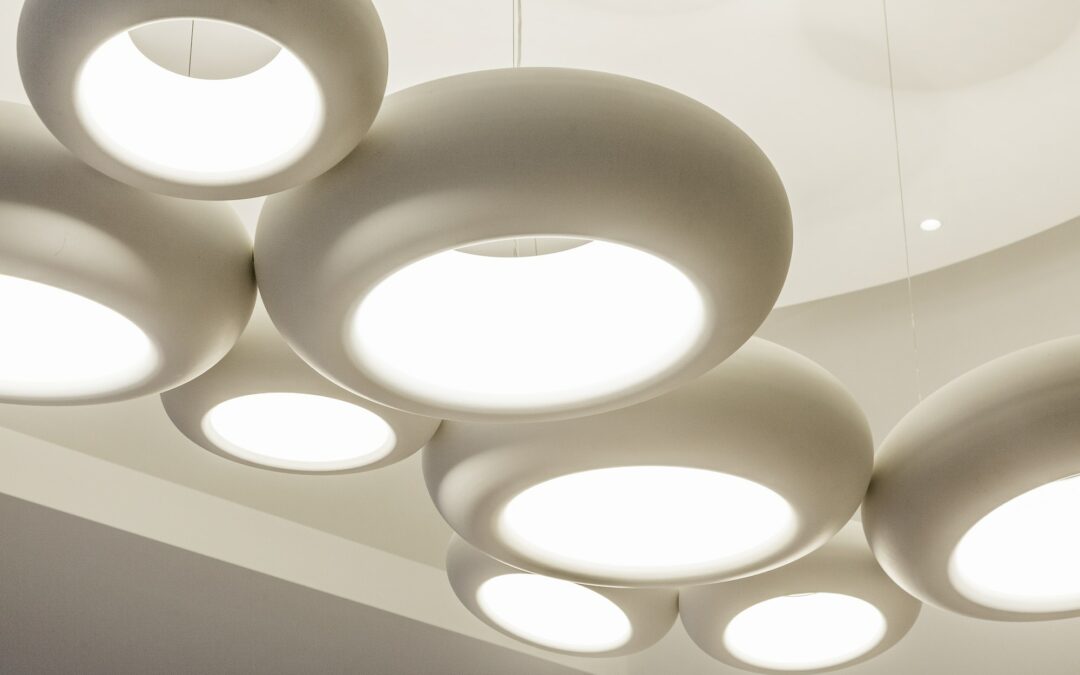Lighting can make or break the atmosphere of a space, often creating the desired ambiance in rooms that you spend much time in. Lighting design combines the art and science of illuminating a space, and it plays a crucial role in the overall interior design of your home. From natural light to artificial light sources, there are endless options to create a well-balanced lighting plan that enhances your decor. In this article, we will explore how lighting affects your interior design and provide expert tips to help you achieve the best lighting for your space.
The Importance of Natural Light in Interior Design
Natural light is one of the most valuable resources when it comes to illuminating your space. It not only brings a sense of spaciousness and warmth, but it also has the power to improve your mood and overall well-being. Making the most of natural light should be a priority for both interior designers and homeowners.
Harnessing Natural Light in Your Space
A well-lit room can make a space feel larger, more open, and inviting. To take full advantage of natural light, consider the orientation of your windows and choose window treatments that allow light to filter through the fabric. Sheer curtains or light-colored blinds are excellent options. Another effective strategy is to place mirrors opposite windows, which will reflect and amplify the natural light in the room.
Skylights and solar tubes are also fantastic options to introduce natural light in otherwise dark spaces like hallways, bathrooms, or closets. When properly planned, these architectural features can create a dramatic effect and bathe your interior with sunlight.
The Role of Natural Light in Color Selection
Natural light plays a significant role in how colors appear in your space. When choosing paint colors, fabrics, or other design materials, always consider the room’s natural light. Colors can appear differently under natural light than they do under artificial light, so it’s essential to test color swatches in the room where they will be used. This will ensure that you make the best decisions for your space, and your decor will look stunning in any lighting condition.
Artificial Light: Types and Applications
While natural light is an essential aspect of interior lighting, artificial light sources are often needed to enhance your space and provide adequate illumination. Artificial lighting can be divided into three main categories: ambient, task, and accent lighting. Each type serves a specific purpose and, when combined, creates a well-rounded lighting plan for your home.
Ambient Lighting: Setting the Mood
Ambient lighting, or general lighting, is the foundation of any lighting plan. It provides overall illumination and sets the tone for your space. Ambient lighting should be soft and diffused to create a comfortable atmosphere, and can be achieved with ceiling fixtures, chandeliers, recessed lights, or floor lamps.
When planning your ambient lighting, consider the size and layout of the room. A larger space may require more light sources to ensure an even distribution of light, while a smaller room could benefit from just one or two strategically placed fixtures.
Task Lighting: Supporting Your Activities
As the name suggests, task lighting is designed to support specific activities in your space, such as reading, cooking, or working at a desk. This type of lighting should be focused and bright, without creating glare or shadows that could negatively impact your ability to perform tasks.
In the kitchen, under-cabinet lighting is essential for illuminating countertops and workspaces. In a living room or bedroom, table lamps and floor lamps with adjustable arms can provide focused light for reading or other activities. When planning your task lighting, consider the specific needs of your space and choose fixtures that provide the right amount of light for your activities.
Accent Lighting: Showcasing Your Decor
Accent lighting is all about drawing attention to your decor and architectural features. This type of lighting can create depth and visual interest in your space, highlighting artwork, architectural elements, or unique design features. Accent lighting can be achieved with wall sconces, track lighting, or spotlights.
When incorporating accent lighting into your design, consider the focal points of your space. Choose fixtures that complement your decor and showcase the elements you want to highlight. Remember, less is more – too many accent lights can create visual clutter and detract from the overall design.
Expert Tips for a Balanced Lighting Plan
Achieving the perfect balance of natural and artificial light in your interior design takes careful planning and consideration. Here are a few expert tips to help you create a harmonious lighting plan for your space:
- Layer your lighting: Combine ambient, task, and accent lighting to create depth and interest in your space. This approach will ensure that you have the right amount of light for any situation and allows for flexibility in your design.
- Choose energy-efficient bulbs: LED bulbs offer the best balance of energy efficiency, color rendering, and longevity. These bulbs are available in a wide range of color temperatures, allowing you to create the perfect ambiance for your space.
- Use dimmers: Dimmer switches give you the flexibility to adjust the intensity of your lighting, creating the perfect mood for any occasion. They also help conserve energy by reducing the amount of electricity used by your lights.
In conclusion, lighting plays a pivotal role in your interior design, impacting not only the ambiance and functionality of your space but also enhancing your decor. By harnessing natural light, and combining ambient, task, and accent lighting, you can create a harmonious and well-lit space that suits your needs and showcases your unique style. Don’t underestimate the power of lighting – it can truly transform your home, making it a comfortable and inviting sanctuary for you and your loved ones.



